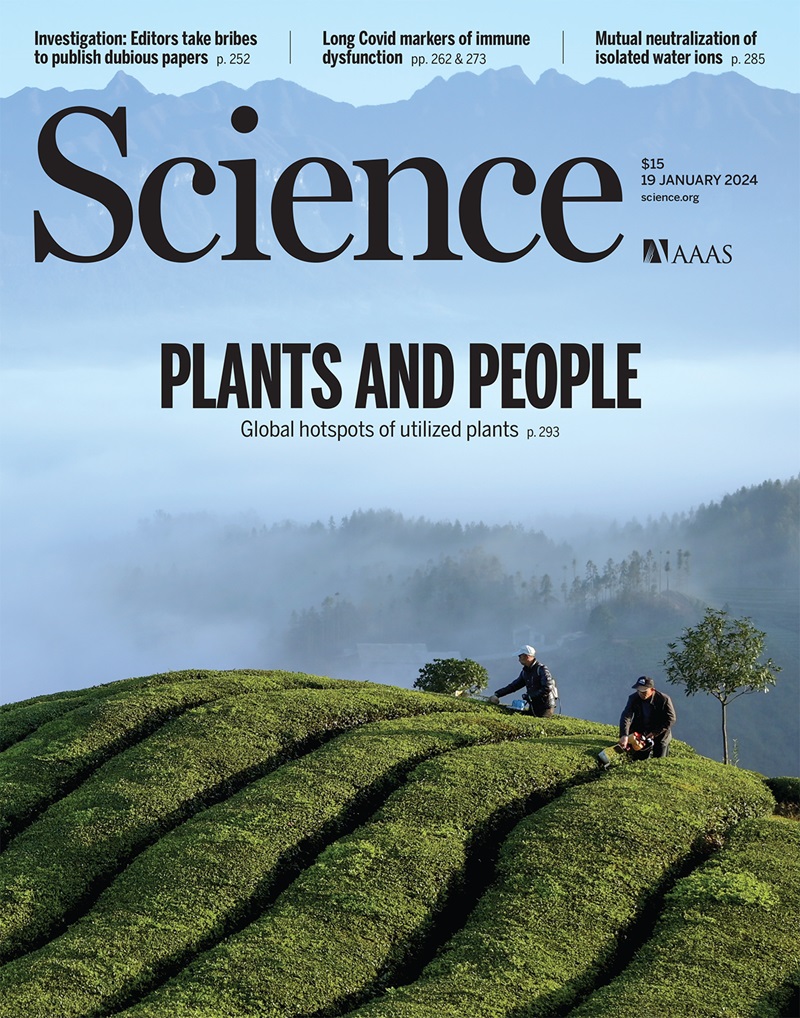丘脑回路的睡眠需求依赖性可塑性促进了体内平衡恢复睡眠。
IF 44.7
1区 综合性期刊
Q1 MULTIDISCIPLINARY SCIENCES
引用次数: 0
摘要
长时间的清醒导致持续的深度恢复性睡眠(RS)。然而,介导这一过程的神经元回路仍然难以捉摸。从小鼠的电路屏幕上,我们发现了一组在睡眠剥夺(SD)期间激活的丘脑再联核(RE)神经元,这些神经元是睡眠稳态所必需的。光遗传学激活的RE神经元导致一种不寻常的表型:睡眠前行为(梳理毛发和筑巢)之后是与RS类似的长时间高强度睡眠。在SD期间抑制RE活性会损害随后的RS,这表明这些神经元发出睡眠需求的信号。RE神经元在促进睡眠的无色带细胞的上游活动,SD触发该回路的可塑性以加强它们的连通性。这些发现揭示了一种回路机制,通过这种机制,睡眠需求改变了睡眠回路的功能耦合,从而促进了持久的深度睡眠。本文章由计算机程序翻译,如有差异,请以英文原文为准。
Sleep need-dependent plasticity of a thalamic circuit promotes homeostatic recovery sleep.
Prolonged wakefulness leads to persistent, deep recovery sleep (RS). However, the neuronal circuits that mediate this process remain elusive. From a circuit screen in mice, we identified a group of thalamic nucleus reuniens (RE) neurons activated during sleep deprivation (SD) and required for sleep homeostasis. Optogenetic activation of RE neurons leads to an unusual phenotype: presleep behaviors (grooming and nest organizing) followed by prolonged, intense sleep that resembles RS. Inhibiting RE activity during SD impairs subsequent RS, which suggests that these neurons signal sleep need. RE neurons act upstream of sleep-promoting zona incerta cells, and SD triggers plasticity of this circuit to strengthen their connectivity. These findings reveal a circuit mechanism by which sleep need transforms the functional coupling of a sleep circuit to promote persistent, deep sleep.
求助全文
通过发布文献求助,成功后即可免费获取论文全文。
去求助
来源期刊

Science
综合性期刊-综合性期刊
CiteScore
61.10
自引率
0.90%
发文量
0
审稿时长
2.1 months
期刊介绍:
Science is a leading outlet for scientific news, commentary, and cutting-edge research. Through its print and online incarnations, Science reaches an estimated worldwide readership of more than one million. Science’s authorship is global too, and its articles consistently rank among the world's most cited research.
Science serves as a forum for discussion of important issues related to the advancement of science by publishing material on which a consensus has been reached as well as including the presentation of minority or conflicting points of view. Accordingly, all articles published in Science—including editorials, news and comment, and book reviews—are signed and reflect the individual views of the authors and not official points of view adopted by AAAS or the institutions with which the authors are affiliated.
Science seeks to publish those papers that are most influential in their fields or across fields and that will significantly advance scientific understanding. Selected papers should present novel and broadly important data, syntheses, or concepts. They should merit recognition by the wider scientific community and general public provided by publication in Science, beyond that provided by specialty journals. Science welcomes submissions from all fields of science and from any source. The editors are committed to the prompt evaluation and publication of submitted papers while upholding high standards that support reproducibility of published research. Science is published weekly; selected papers are published online ahead of print.
 求助内容:
求助内容: 应助结果提醒方式:
应助结果提醒方式:


